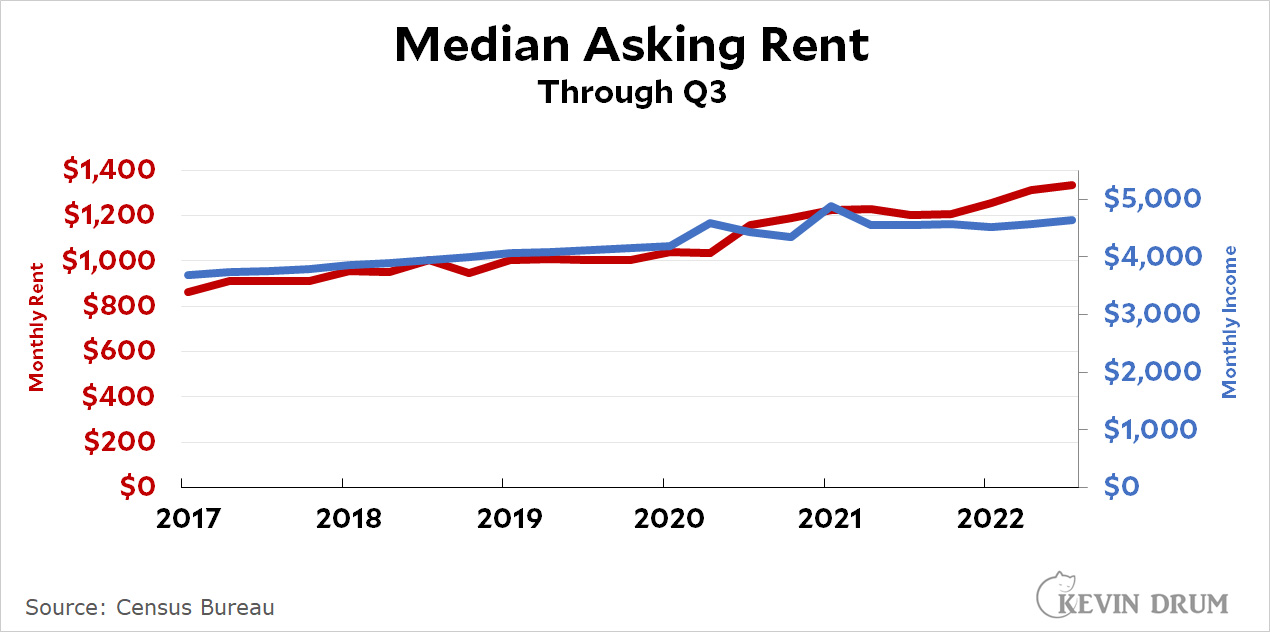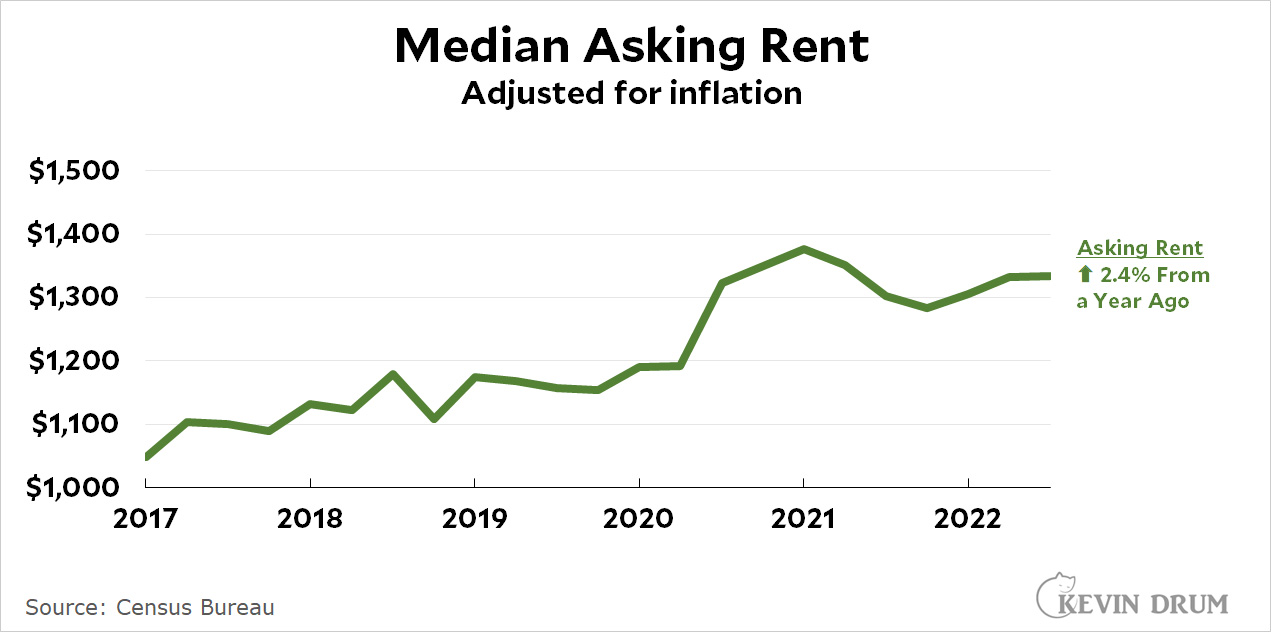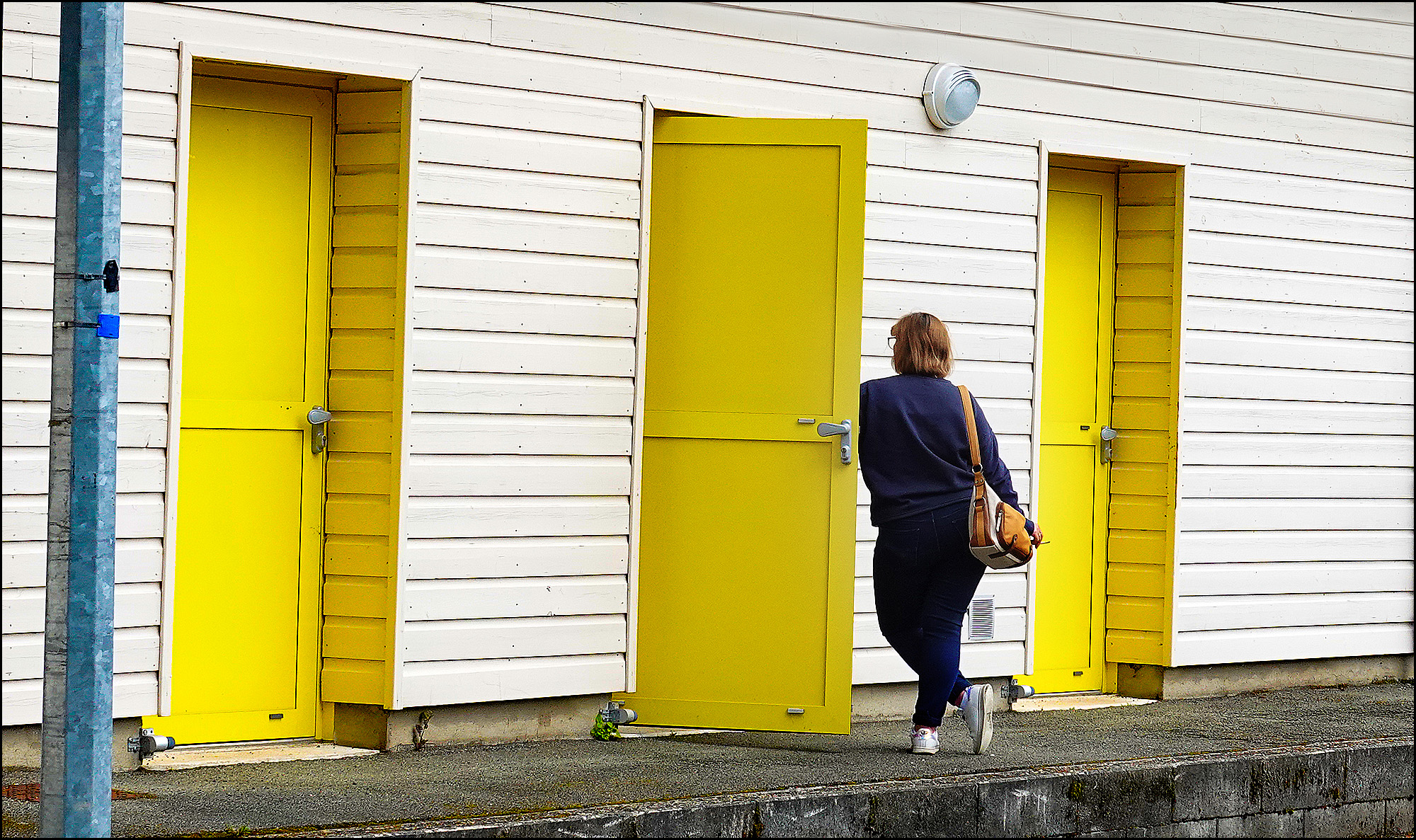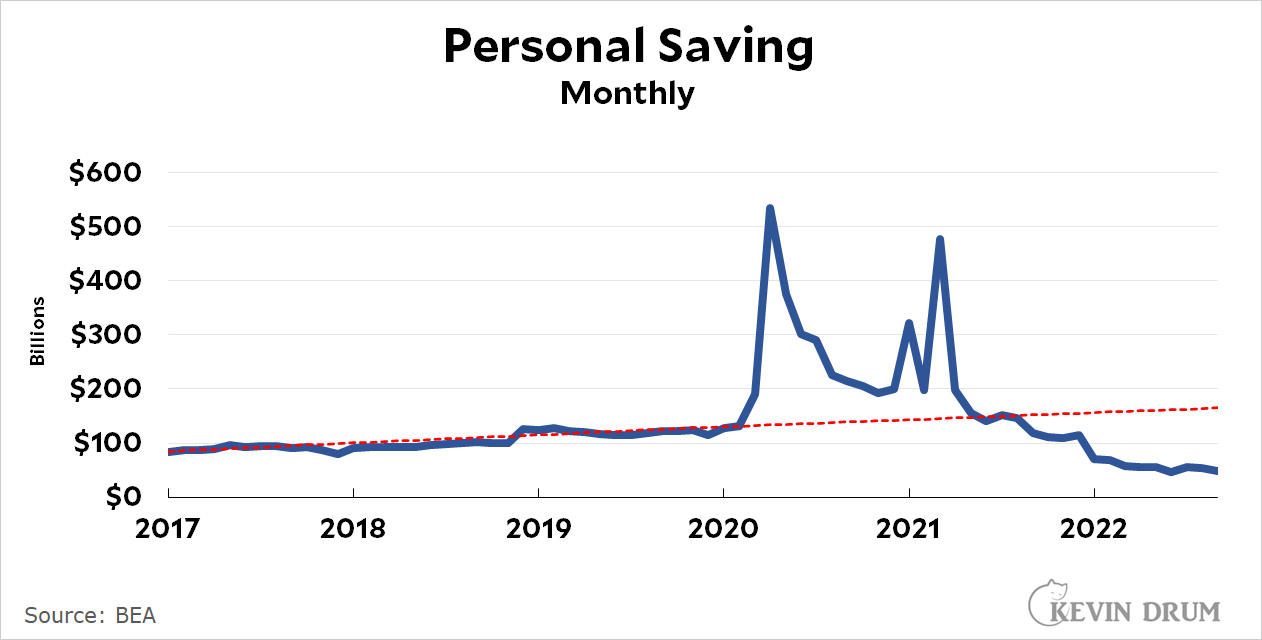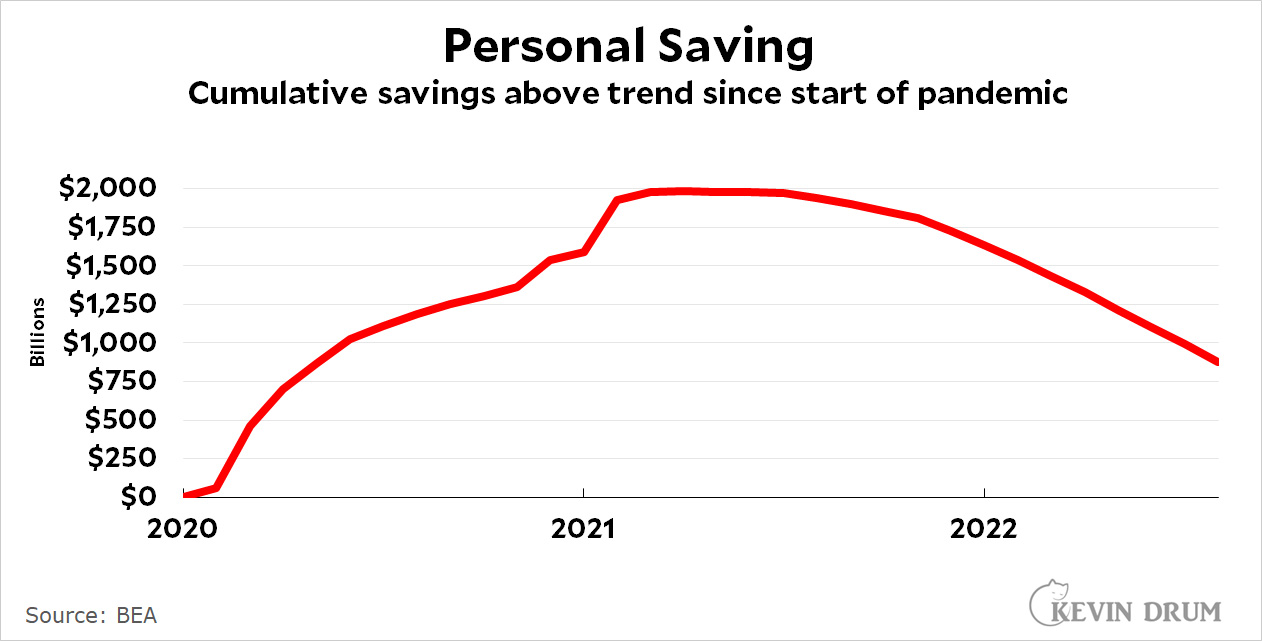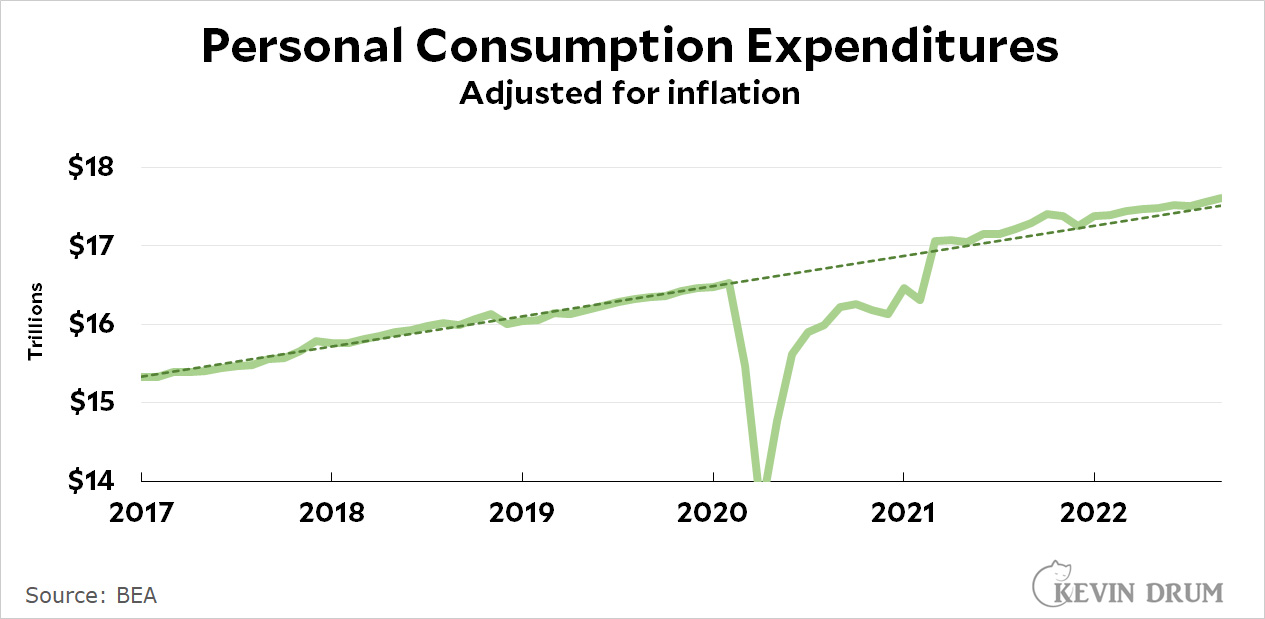I hate to pick on my old friends at Mother Jones, but Abigail Weinberg recently posted a story about right-turn-on-red (RTOR), a longtime staple of California roads that expanded to most of the country 50 years ago. It's received wisdom on the left these days that roads are for bicycles, not cars, so naturally the conclusion of the piece is right in the headline:
It’s Time to Ban “Right Turn on Red”
It’s an obsolete relic of the 1970s oil crisis. It’s dangerous to pedestrians. And, if you drive a car in the United States, you likely do it every day. It’s time to get rid of right-turn-on-red.
....The data on right-turn-on-red crashes might be scarce, but the existing studies suggest that these types of collisions—while rare—frequently involve a pedestrian or cyclist. Cars, instead of hitting other cars, often hit humans. Now, there’s a growing movement for cities to do away with the traffic law altogether.
Last week, the Washington, DC, city council voted to ban right-turn-on-red (RTOR) at most city intersections....Critics of the DC bill have pointed out the lack of data showing the dangers of RTOR, but many people who don’t use cars know instinctively how dangerous turning vehicles can be. “Our current safety studies fail to capture the reality of the constant near misses and confrontations that result between these motorists and pedestrians which can be observed daily just by observing a typical busy intersection with RTOR,” [Bill] Schultheiss says.
This is a single-source story featuring a bicycle expert named Bill Schultheiss who very obviously has a point of view to press. Because of that, he apparently didn't mention that although data on RTOR is thin, it's not nonexistent. Here's what a ten-minute Google search turned up:
- 1995: National, NHTSA, 1982-92. There were a total of 0-84 RTOR fatalities, probably toward the lower end of that range. About half involved pedestrians (44%) or bicyclists (10%). Roughly, then, there are probably 2-3 RTOR fatalities per year involving pedestrians and bicyclists.
- 2002: San Francisco, Fleck & Yee, 1956, 1994-96. This is a review of two existing studies. RTOR collisions are a tiny fraction (<1%) of all right-turn collisions. The accident rate is lower than right-turn-on-green. In addition, two other papers reviewing different states show no detectable change in right-turn injury rates before and after RTOR was adopted.
- 2008: Connecticut, Office of Legislative Research, 1994-2006. Out of 663 total fatalities, four were at RTOR intersections, all involving pedestrians or bicyclists. That's one fatality every three years. Of those, one involved a drunk bicyclist, one involved a wheelchair user who crossed against the signal; and one involved a bicyclist who failed to yield when he should have.
- 2009: New York City, NYDOT, 2006-08. This is a study of injuries before and after RTOR was allowed at specific intersections. Conclusion: "Accident rates not affected." About a third of injuries involved pedestrians (25%) or bicyclists (4%).
As a born-and-bred Californian, I naturally think of RTOR as God's will. Still, I don't have any special axe to grind here. I just think those of us who write about public policy—even if it's advocacy journalism—have an obligation to perform at least a minimal bit of research before we come out with guns blazing. It may be that there's some concrete evidence out there showing that RTOR really should be banned, but the research I could find shows just the opposite. RTOR doesn't seem to make more than a sliver of difference one way or the other.


